I continue on my journey of rediscovering film. It is definitely a slower process, compared to the instant gratification of digital photography. This week I received from the lab, scans from a roll I started exposing back in April. The 36 exposures were split between 2 outings. The first one in April was during a hike at Fernandez Ranch, and the final frames were exposed a few days ago at the Lafayette Reservoir.
The habit of checking every digital shot after the click, by looking at the display on the back of the camera or phone, is called “chimping”. The meaning of “chimping”is said to be either an abbreviation of checking image preview, or the photographer letting out a ooh, ooh, ooh reaction to a great shot just captured, sounding like a chimpanzee. Chimping is not a good habit to get into, as it is a distraction. You may miss a better shot than the ones you just took, while reviewing the past shots. However it is really hard to avoid, with the convenience of today’s digital cameras and phones.
When going analog and shooting film, the fact that you can’t check the result of your click on the back screen of your camera (there isn’t one on a film camera), forces you to think more about the composition and exposure.
Morning Walk on Lafayette Reservoir
A little over a week ago, I killed one hour I had before an appointment in Lafayette, exploring the beautiful Lafayette Reservoir. There are two trails around the Reservoir. The lower one is a 3 mile paved path, and the Rim Trail which is much longer and harder, with steep climbs and beautiful views. That morning however, I just walked to the recreational area, where you rent boats, or fish off the docks.
The pictures below are from the second half of a roll of Portra 400 started back in April. I’ve been sending my film to The Darkroom lab in Southern Californian, where they also scan the negatives. Similar to the analog process for printing from negatives, when scanning negatives, a few adjustments are performed to get a positive image. I really like the color balance on these lab scans, but I adjusted the curves and bumped the contrast a bit in Lightroom on this series.
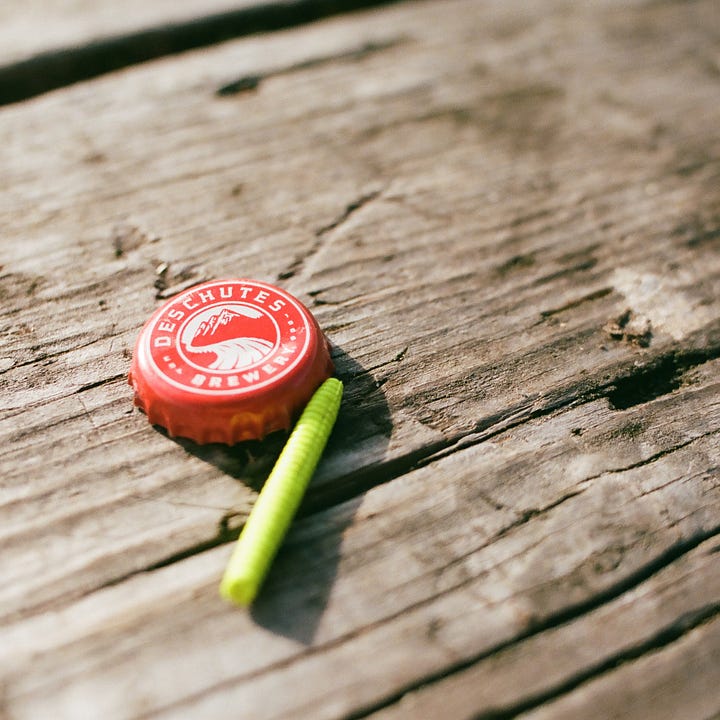
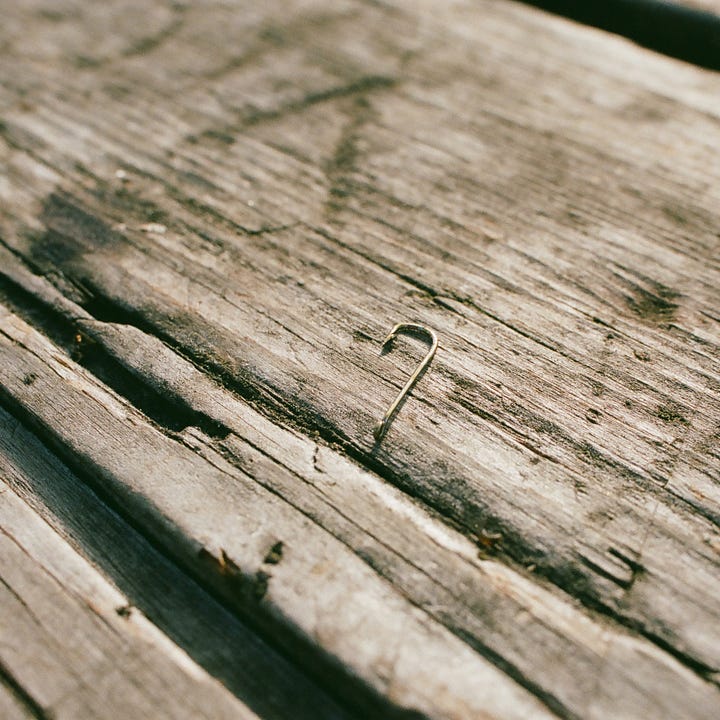
Wild Flowers on Fernandez Ranch
The first half of the roll was exposed in April, when hiking to enjoy the beautiful wildflower bloom after the wet winter we had.
On my last post, I shared a couple pictures taken during that same hike, shot with my digital camera. I thought it was worth sharing more flower pictures here, as the tones are so much different than those captured by pixels, using the digital simulation of Fuji Velvia 50, which are a lot more saturated colors and with higher contrast. Unlike the shots above, from the Lafayette Reservoir, these are the lab scans with no adjustments of my own through Lightroom.
To My Migrated Readers
I’ve heard from some of my readers, who I’ve migrated from my CaringBridge blog, that they were a little confused with Substack. Substack is a newsletter platform, where you get content sent to your inbox, but it also has an app and a website, where you can consume content from thousands of wonderful writers. Substack is where I am current publishing my photos, and writing about them.
By creating an account with Substack, you can engage with each post by liking or commenting, and I get better insights about who is engaging with my content. My content is free of charge, so every time you see Substack prompting you to “pledge” support to fotogram, you can skip that step. Subscription to fotogram is free.

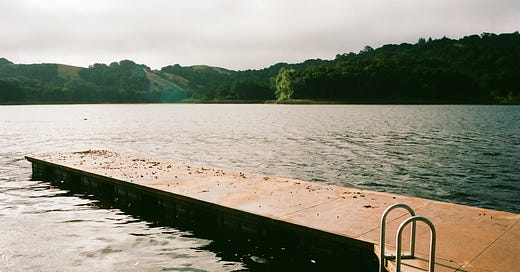



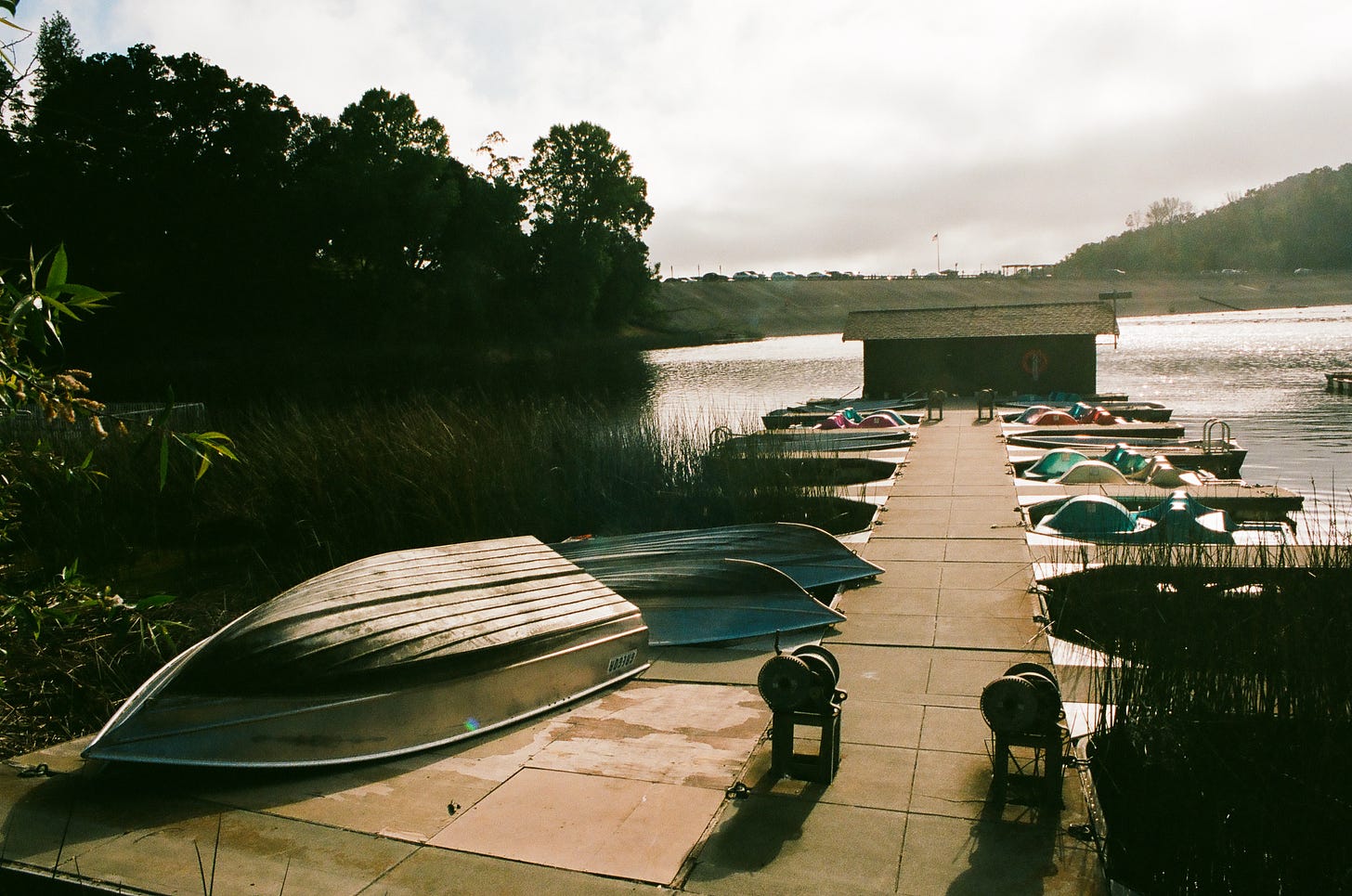
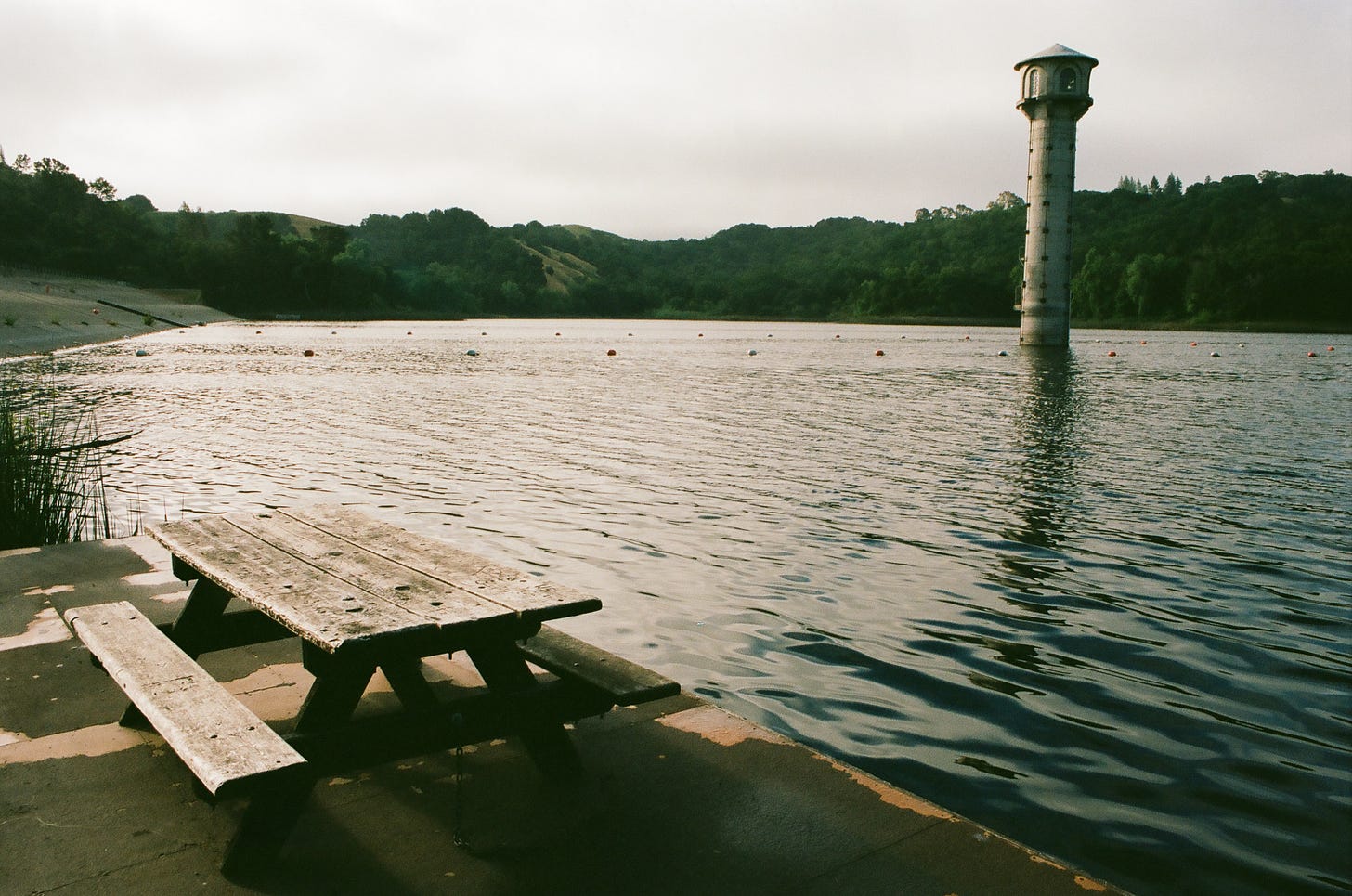
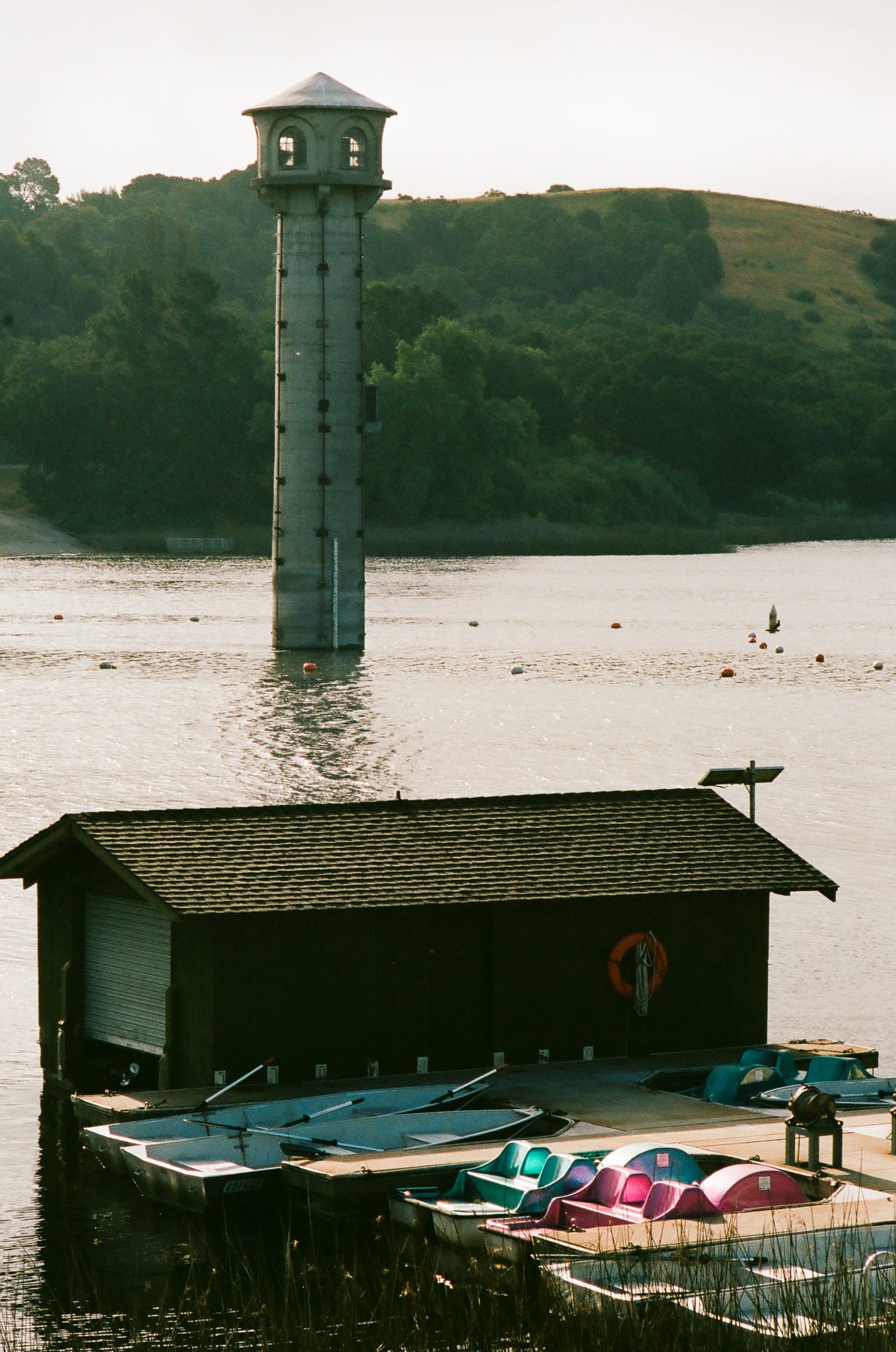

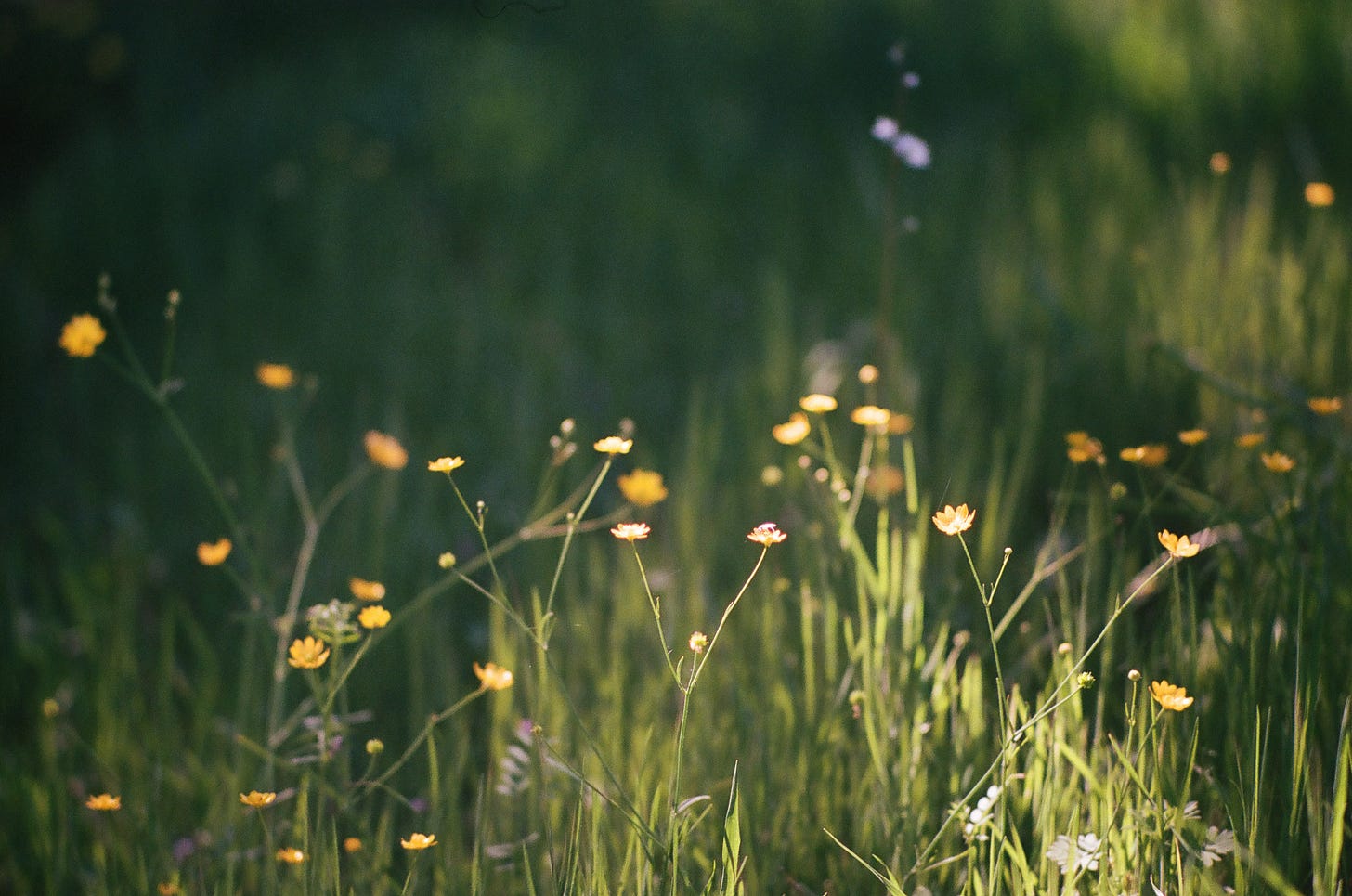

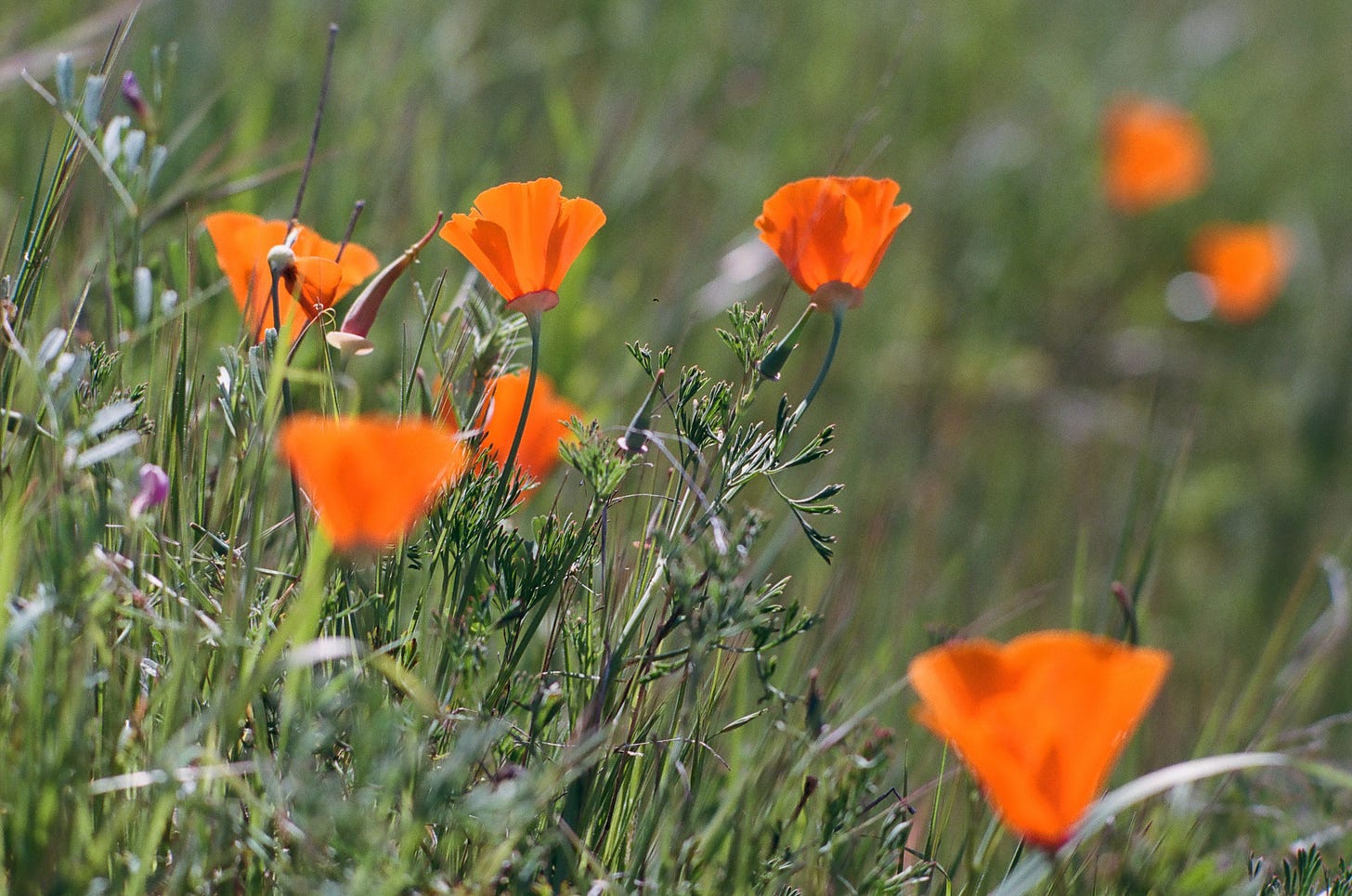

Love these.
Love these images, Gui! Tina and I have visited the reservoir a few times and we’ve enjoyed our walks there.